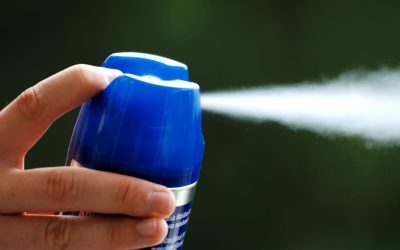Purchasing a home or commercial property can be an exciting time for any new owner. While price and location may often play a factor in deciding on the property to buy, the home inspection may also play an important role. Building inspections are designed to critically examine a home, commercial property or public infrastructure to ensure that the construction meets local plumbing, fire, electrical and other construction codes enforced by the local municipalities. A Building Inspection in Chicago often results in a detailed report of what the inspector noted during the walk through. The overall construction, current condition of the property and potential hazards are all considered during the inspection.
During a typical Building Inspection in Chicago, an inspector will perform a non invasive inspection of accessible areas. A home inspection is thorough walk through where the inspector will check for damage, potential leaks, overall condition of the home and note items that could be potential problems in the near future. Home inspections are often comprehensive and give potential buyers a better understanding of potential problems with the home they are considering purchasing. Most home inspectors are not required to check for mold and mildew or parasitic organisms that could destroy the wood in the residence. While not required, many offer the service to their clients.
Depending on the company, the inspection may also include Radon testing. Radon is a toxic, radioactive gas that is commonly found in nature. Radon, a by product of the decomposition of uranium-239, is found in the soil. Low levels of Radon exist in ground water and the air. Exposure to larger quantities of Radon can lead to a higher risk of cancer. Radon has no distinct color and is completely odorless. Building inspectors will often have equipment with them to get an accurate reading of the levels of Radon in the home or commercial building. The United States Environmental Protection Agency recommends an acceptable level of below 4 picocuries per liter of air or pCi/L. Radon levels below 4 pCi/L can still pose a risk, and steps should be taken to lower the level. If the level is above the acceptable range, the inspector may recommend steps, such as repairing cracks or installing a ventilation system, that the buyer or seller can take to lower the risk of exposure.


